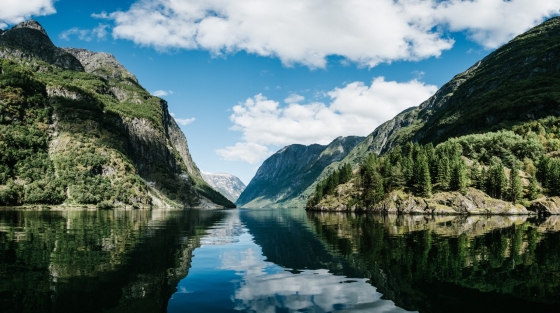Rjukan Weather and Climate: A Comprehensive Guide
The temperature in Rjukan can vary quite a bit throughout the year.
Temperatures can be mild during the warmest months,
and very cold during the cooler months.
It also has a notably wet climate with much precipitation.
Let's now guide you through the climate details for a complete overview.
Average maximum day and minimum night temperature
Visitors to Rjukan can expect significant temperature changes throughout the year. Average maximum daytime temperatures range from a moderate 18°C in July, the warmest time of the year, to a very cold -3°C during cooler months like January.
At night, temperatures typically drop to an average of around -9°C during these months.Check out our detailed temperature page for more information.
Temperature ranges by month
Precipitation and rainy days
Rjukan is known for its substantial rain/snowfall, with annual precipitation reaching 1232 mm. While rainfall varies throughout the year, each season offers its own charm. July brings wetter days averaging 128 mm of precipitation, spread over 16 rainy days.
In contrast, March experiences a drier climate, with about 71 mm of snowfall spread across 15 snowy days.The mean monthly precipitation over the year, including rain, hail and snow
almost clear and no rain broken clouds and no rain overcast and chance of slight snowForecast for Rjukan
Select a Month of Interest
Check the conditions for any month of the year.
The best time of year to visit Rjukan in Norway
Other facts from our historical weather data:July has an average maximum temperature of 18°C and is the warmest month of the year.
The coldest month is January with an average maximum temperature of -3°C.
July tops the wettest month list with 128 mm of rainfall.
March is the driest month with 71 mm of precipitation.
No idea where to travel to this year? We have a tool that recommends destinations based on your ideal conditions. Find out where to go with our weather planner.




